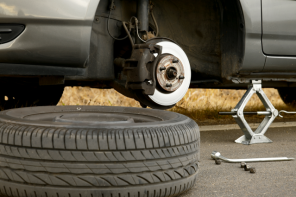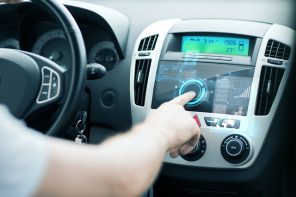If you’re like most people, you’ve dreamt about the day when you could buy your very own car and take it for its first spin. The sense of freedom and independence is enticing, but it definitely comes with a big price tag. Learn more about your finance options in the following article.
The Latest and Greatest
Before we get to the financials, let’s take a look at some of the best entry level new cars on the market. The BMW 3-Series has one of the best fuel efficiencies of all sport-sedans, while boasting a turbocharged gas I4 engine to boot. The 2013 Cadillac CTS continues receive high rankings for its agility and its features, which include Bluetooth connectivity, automatic dual-zone climate control, and On-Star turn-by-turn directions. Finally, the Mercedes Benz C-Class remains one of the best in its class, revered for its sleek exterior and posh interior, as well as its first-class safety features: 13-way airbag protection, rain-sensing wipers, and Attention Assist. Other noteworthy entry levels are the Audi A-4 and the Infiniti G37.
Finance Options
So, you’ve got your dream car picked out; now you must consider how you will finance it. If you already have the cash saved, you’ll be able to buy the car up front. The main advantage to this is that you’ll hold the title to the car (meaning you can do whatever you want with it), and avoid interest and finance fees. Keep in mind, however, that the car loses value as soon as it leaves the lot.
If paying up front isn’t an option, you may consider financing through the dealership. If you have no plans of owning the car, you might consider leasing; with this option, you agree to a certain annual mileage and make monthly payments to the dealership. If you want to own the car at the end of your contract, consider a hire purchase or a 0% finance agreement. The latter is best for people who can pay a deposit equal to 35 or 40% of the list price.
If you’d rather deal with a bank and you have a good credit history, consider taking out a personal loan. You’ll be able to pay the dealer upfront for your new car, and then make repayments to your lender at a later date. Conditions vary depending on the lender, but usually APRs are between 5.7 and 12%. The bank holds the title to the car until you complete your payments.
For those with a high credit limit, credit cards may be an option. Be aware, however, that some dealers may charge an extra 1-3% fee for a credit card, or may not accept it at all. In addition, charging a new car is only recommended for those with a lot of self-discipline, as APRs may be between 15 and 19%. Ouch.
Looking for a way to accumulate some extra funds to pay up-front for your new car or make a large down payment? Sell your Playstation 3 and other electronics online.






